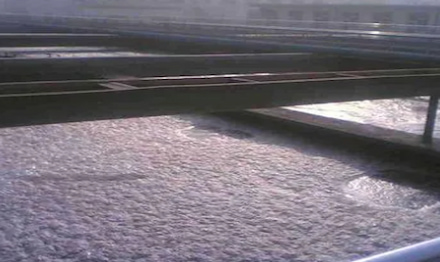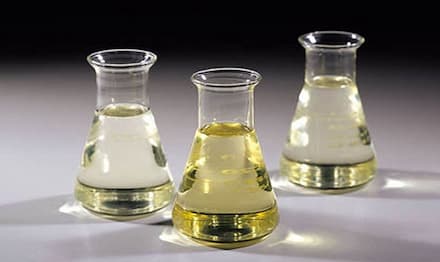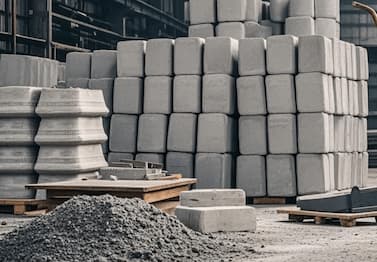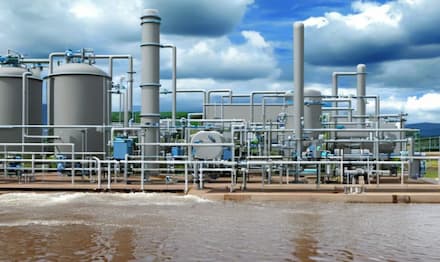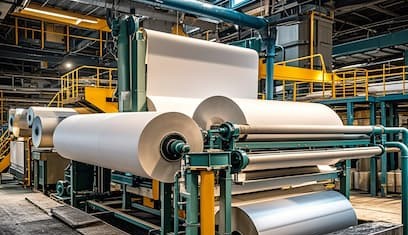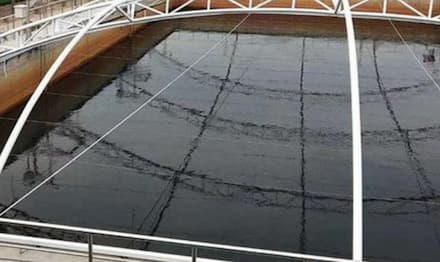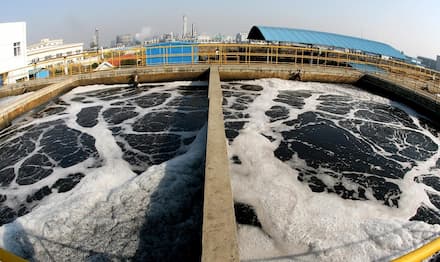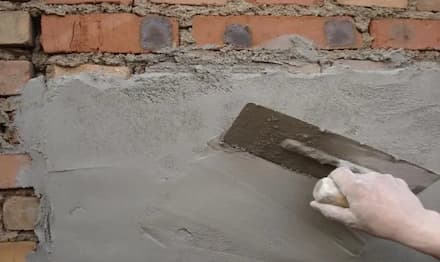In the coatings industry, foam formation is a common but critical issue during manufacturing, application, and drying processes. The presence of foam not only disrupts production but can also compromise the quality of the final product. Defoamers, designed to eliminate and prevent foam, are essential in ensuring a smooth workflow and achieving high-quality coatings.
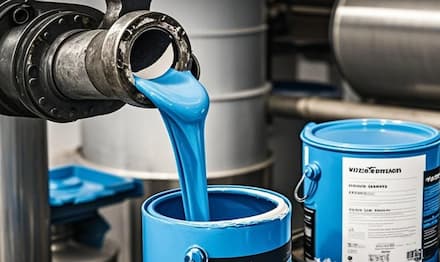
Foam can occur at various stages of coating production, from mixing raw materials to application on surfaces. It impacts film uniformity, gloss, and adhesion properties, which are vital to the durability and aesthetics of coatings. By incorporating defoamers into the process, manufacturers can effectively address these challenges. Defoamers work by destabilizing the foam structure, enabling bubbles to break and preventing new foam from forming.
Modern defoamers are engineered to meet the diverse requirements of the coatings industry. For example, silicone-based defoamers are highly effective in solvent-based systems, while mineral oil or polymer-based defoamers excel in water-based formulations. These versatile solutions ensure compatibility with a wide range of coating types, including industrial, architectural, and automotive coatings.
Sustainability has become a priority in the industry, leading to the demand for environmentally friendly products. Many defoamers now align with green initiatives, offering low-VOC and biodegradable options that meet regulatory requirements without sacrificing performance. This shift reflects the industry’s commitment to innovation and environmental responsibility.
Rickman defoamers stand out as a reliable choice for the coatings industry. Beyond exceptional foam control, they offer tailored solutions for specific production needs, ensuring compatibility and efficiency. Rickman also provides unparalleled customer support, offering expert guidance and prompt responses to technical inquiries. With a commitment to quality and service, Rickman is a trusted partner for enhancing production processes and product performance.
Click on the related products links:RK-801(Efficient Antifoaming Agent Emulsion) /RK-1107 (Durability-Effective Defoaming Agent)
